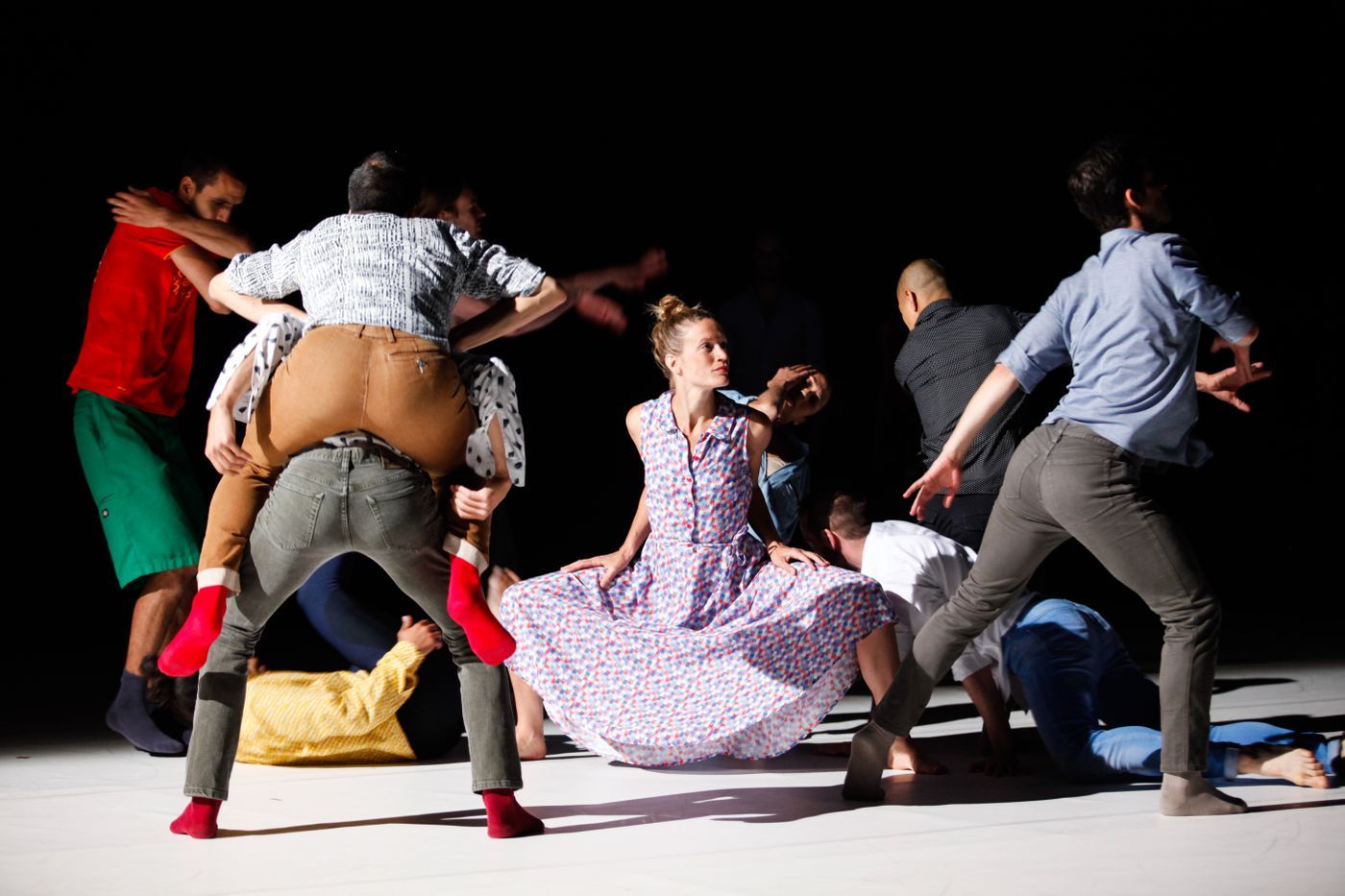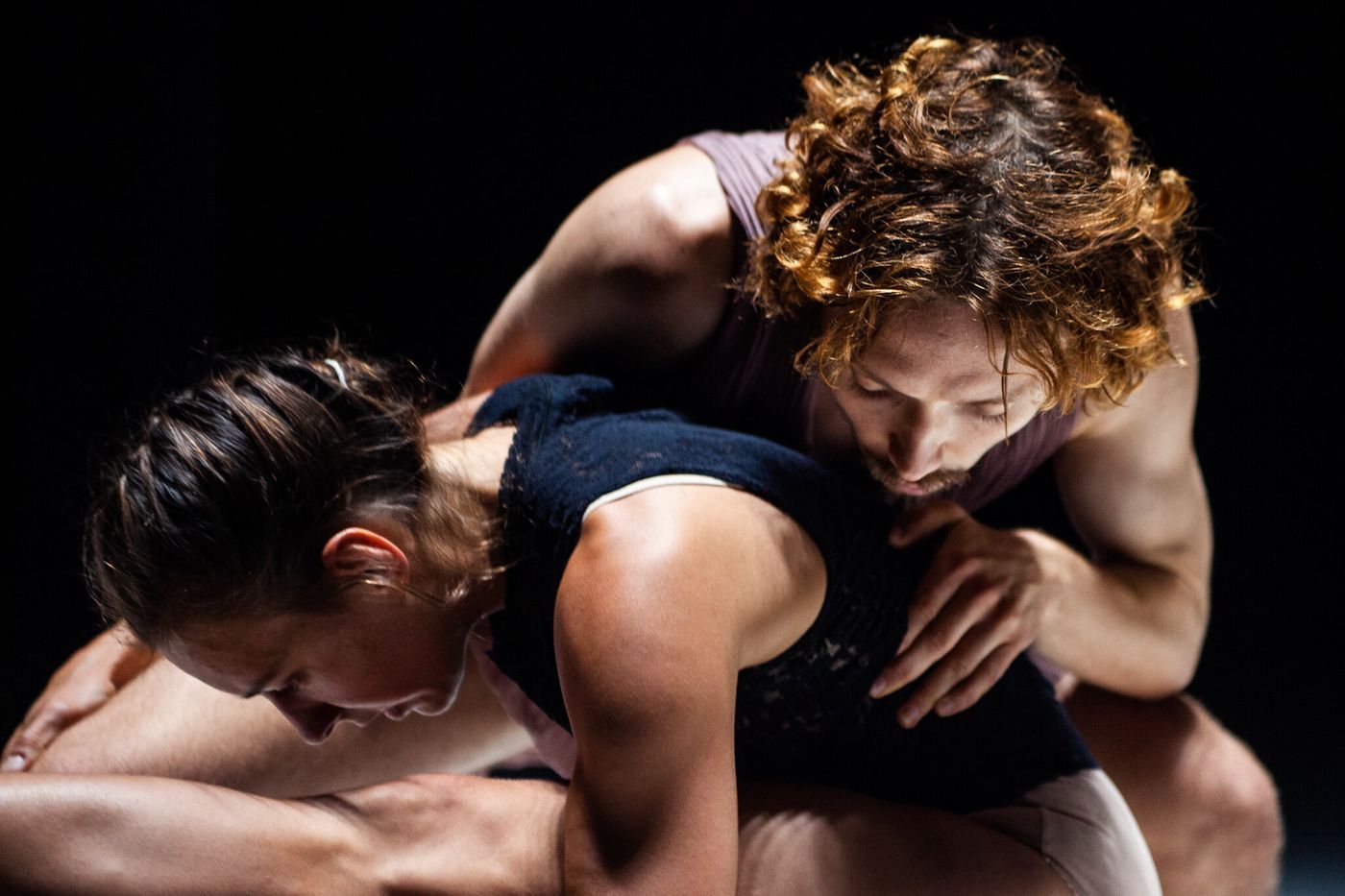
肥力,藝評人、劇場策劃、監製、插畫師。 www.felixism.com/
London's dance, the will to stand at the apex
If you are interested in watching dance, you will not miss the year-round show in London, Sadler's Wells Theatre in London's Angels district. This is one of the few top dance theaters in the world, attracting a large number of dance companies and dancers to worship, and has also cultivated many well-known dancers and works. Akram Khan and Sidi Larbi Cherkaoui, well-known in Hong Kong, also have heavyweight choreographers Crystal Pite, Hofesh Shechter, Sharon Eyal, Russell Maliphant, etc. Famous and famous artists are currently the focus of the theatre "Associate artist", that is, the theatre is both a venue and a curatorial institution, and will fully support them in developing new works and promoting them around the world with the fame of the theatre. Of course, during my residency in the UK, if I was lucky enough to meet them performing there, I would still rush to watch it. For example, I watched Maliphant's new work "Slient Lines" in 2019 a while ago. However, what I'm more curious about is that, as is common practice, if dancers seem to have to undergo the "baptism" of this theater before they can at least truly enter the British dance world, then what future stars will the theater invite to perform? Perhaps one of the theater's November French dance series, winner of New York's Bessie Awards, Israeli-born choreographer Emanuel Gat and his work "Works."

Compared with many dancers in the world, Gat rarely writes a very long text in the field magazine for his dance works and how to create choreography, and he describes the concept of choreography conceptually, not the content (in fact There is nothing to dance about). Because I often read too many choreographers exaggerating and boasting about their own work concepts, some sports philosophies, how much they are related to life, how much body exploration, and what social issues are ultimately not presented in dance works, but ordinary physical exercise, so it should be Before the opening, I read that Gat said that this time he wanted to explore the physical interaction between dancers, freely guide the space and body proportions, how to determine the movements, dance cooperation strategies, these rather vague words, frankly, I was really worried about it. Another work that says better than jumping. Unbelievable and overjoyed, however, the show really did every concept he spoke of, literally embodying those empty adjectives on stage. Or the choreographers and dancers are based on the details of life, but for me the performance still has no story, plot, or even so-called content. According to the choreographer, ten dancers wear clothes of their choice and favorite, and they only Make different combinations on the stage, such as solo dance, duet, group dance, and sometimes even dancers pick up Mi Gao Feng and talk about what breakfast is being eaten. Through lines, bodies, rhythms, and, of course, classic songs of different styles, and lighting that transforms and divides the stage into many square areas, it promotes beauty and beauty again and again. It is as if the dancer is completely focused and returned to the most basic elements of dance and even stage performance, speed and pause, body and energy, using the gaps and distances between different bodies to create several beautiful scenes. It can be said that in the smooth and abrupt change of the scene, the audience can't guess what will happen next, but just wants the performance not to end so quickly, and wants to keep watching.

"Craftsmanship" is the core that Gat mentioned in the "Ideas" section of the on-site journal. He said that it is the combination of concept and practice, the sum of past memories and future imagination, to build an unlimited and clear space and thoughts. After watching the performance, you will understand that this old-fashioned craftsmanship is not unusual at all, but as the choreographer said, it is a high degree of physical and aesthetic tempering. Even though the choreographer in the post-performance talk talked about the creative process lightly, saying that most of the time, the creation is based on watching the characteristics of dancers and then combining them organically, but it can be seen how much energy and thought the dancers have spent to complete each piece. The most careful steps, and never sloppy on the movements like the tip of the toes, and they spent a little time to cooperate with each other, so that they did not jump out of neat dance steps, but perfectly presented the limit state of tacit understanding. . In choreography, he selects and arranges movements based on his sensibility and perception. Some behaviors that seem to be everyday and are not "dance" at all, like the scene where a girl looks like swimming, the bodies of two men and one woman are intertwined, which can also be highlighted. The beauty of the human body and space.

Like the performance Natalia Osipova - Pure Dance I saw at the theatre, there are very few performances that are not choreographed but dancers at their core. With the ultimate physical ability to complete two hours of different styles of dance from traditional ballet to contemporary dance drama, but full of different levels of beauty. This kind of "craftsman spirit" in dance, the will to do everything in order to present perfection, is the power shared by Gat and Osipova, and it is also the impression that Sadler's Well has always given me. This is standing on top of the apex style.
Viewing screenings: 12 November 2019, 7:30pm, Sadler's Wells, London.
The article has been published in "Function Words" January 2020
Like my work?
Don't forget to support or like, so I know you are with me..
Comment…